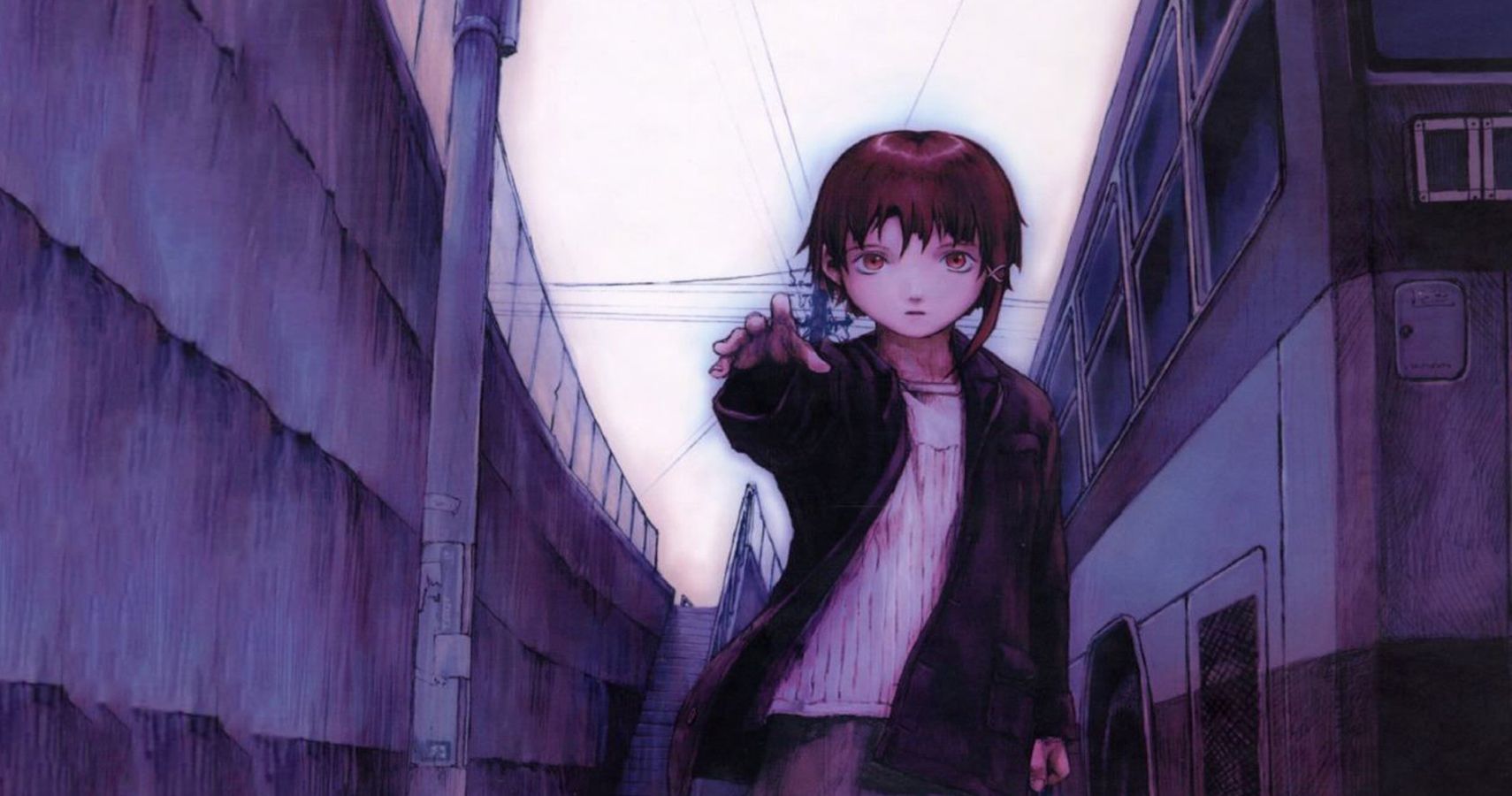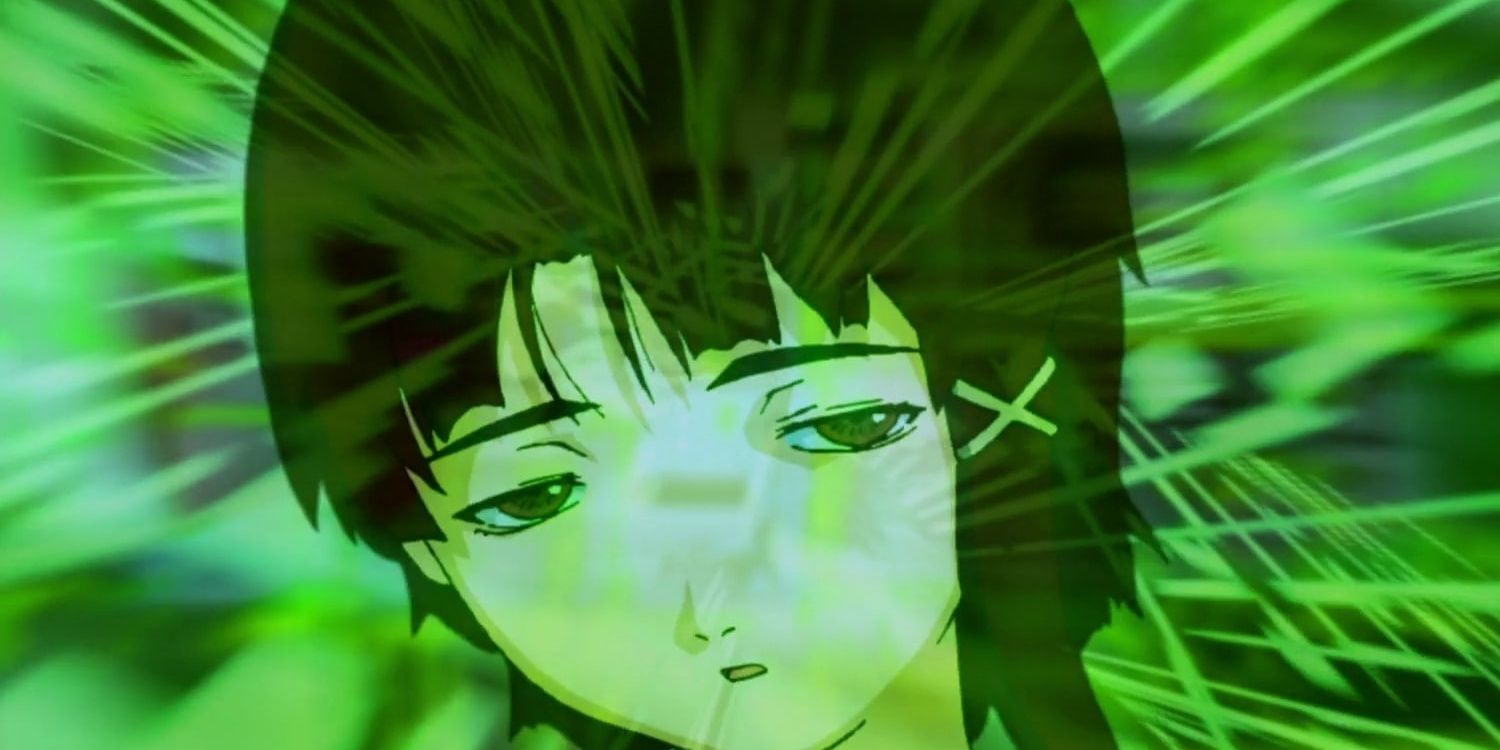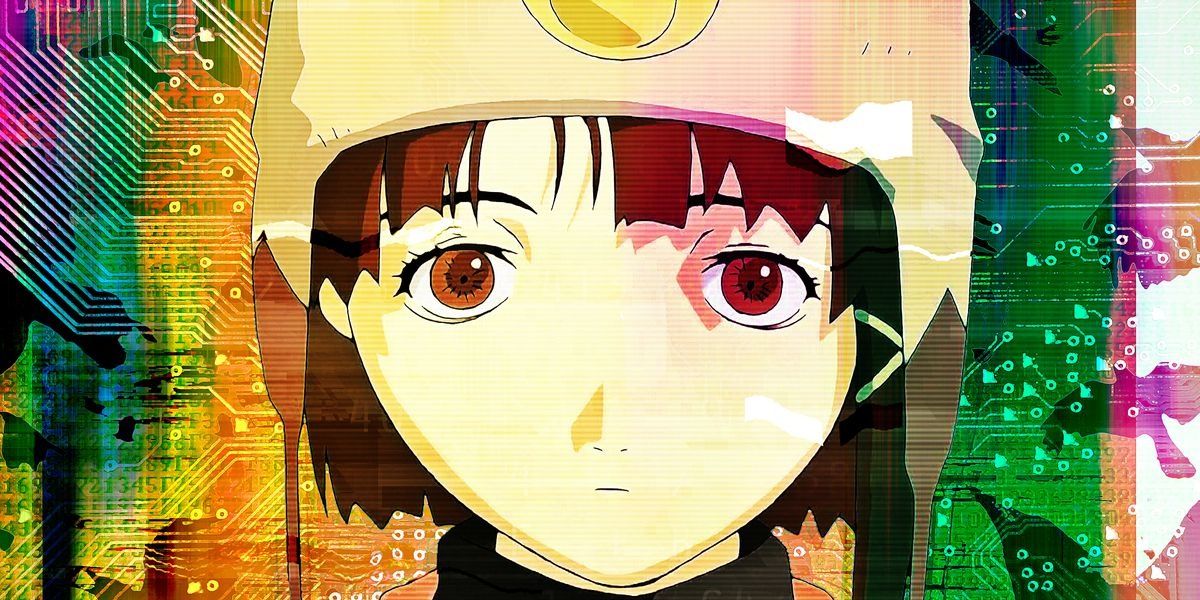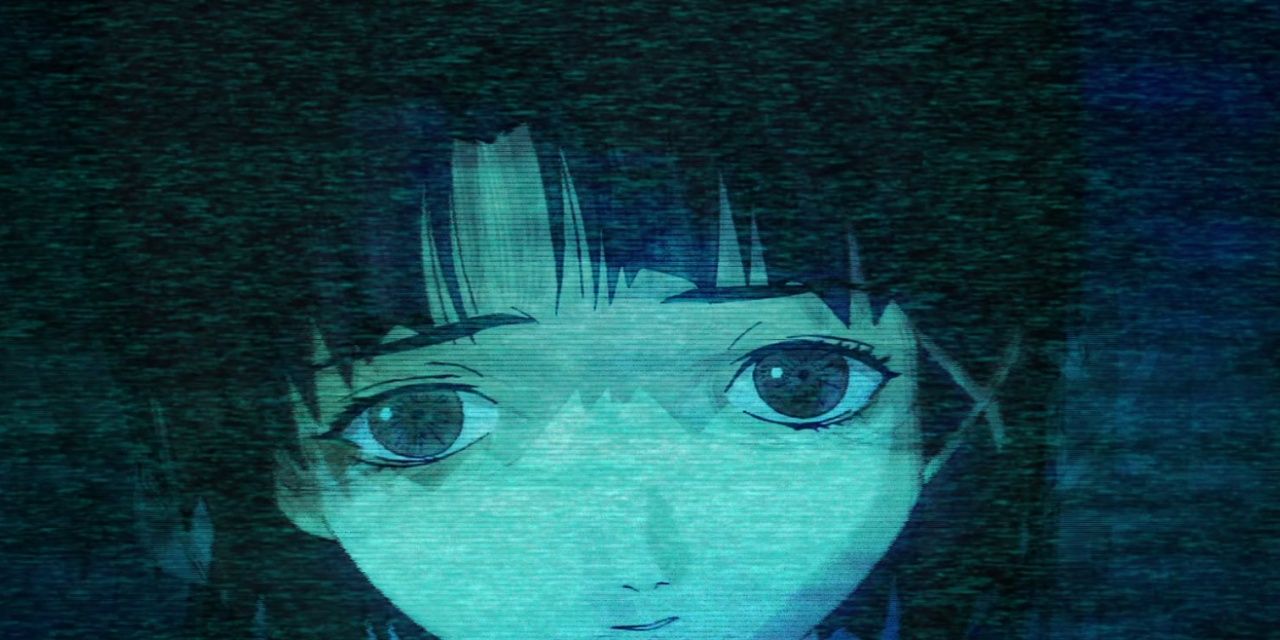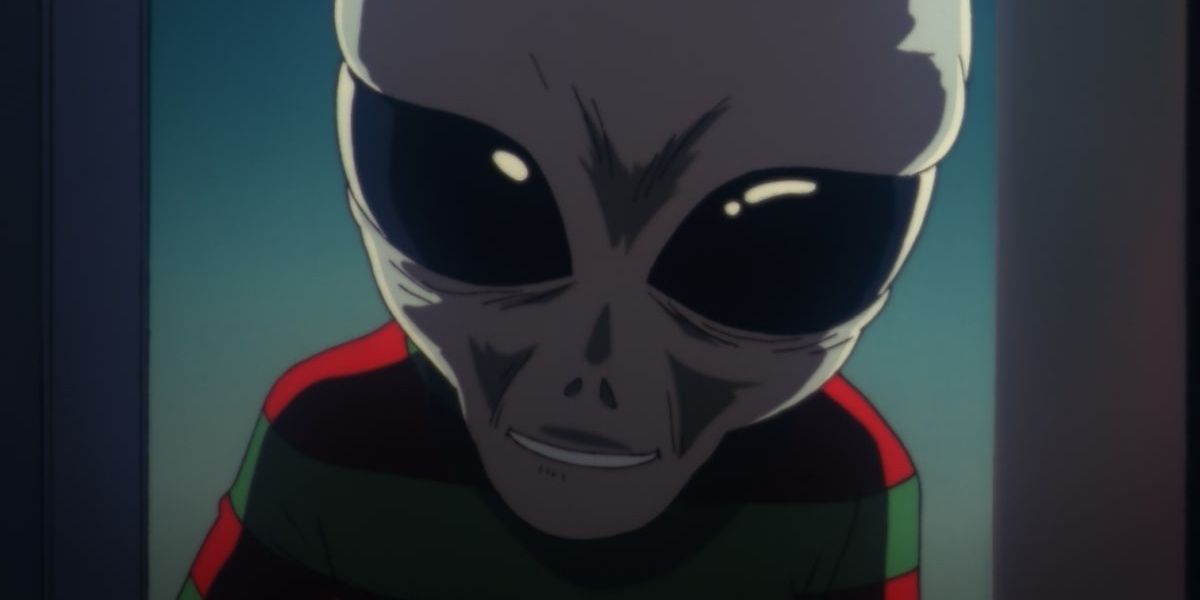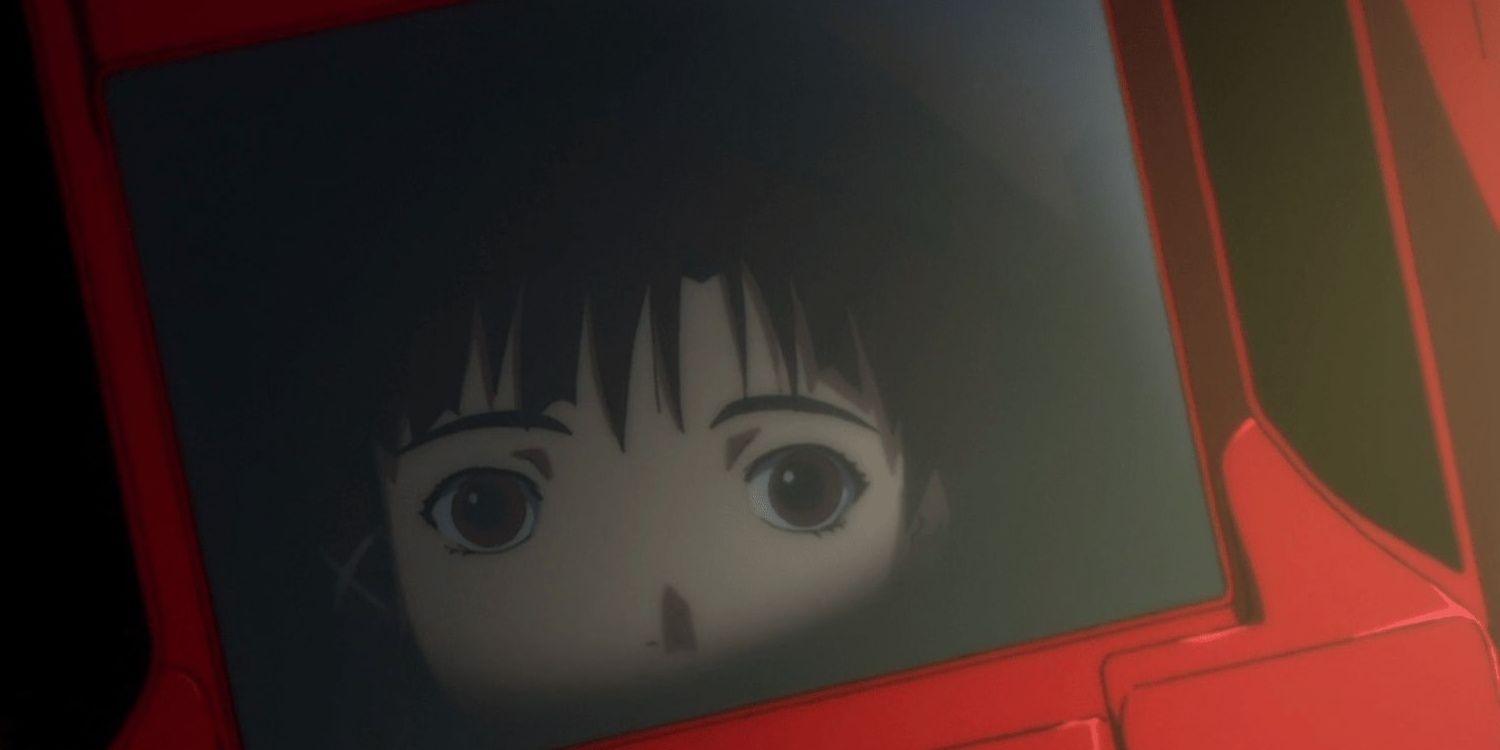Serial Experiments Lain is perhaps one of the most important cyberpunk anime shows—and one of the weirdest isekai—to have come out in a long time. First of all, there are the minimalist design choices in animation that fans either loved, or that turned off anyone who wasn't ready for the stripped-down style it was going to offer. The story, instead of focusing on a dystopia created by a hyper-capitalist nightmare corporatocracy, was done in a very tasteful way that instead decides to focus on Lain, a young schoolgirl who suddenly develops an interest in computers and the world of the virtual.
While the show is pretty much unanimously considered groundbreaking, that doesn't mean it isn't also confusing. In this article, we'll be digging into some of the more obscure parts of the show and checking out some background to hopefully dispel some of the mystery surrounding the story.
10 The Bodhisattva
In Buddhism, we encounter a concept known as the Bodhisattva. In the oldest branch of Buddhism, Theravada, we see that, when someone becomes enlightened, they become something called an Arahat, which is someone who is enlightened on their own and then enters Nirvana.
When the Mahayana tradition started, they decided that a true benevolent enlightened person would instead become enlightened so that they could save all of the other unenlightened people and not abide in Nirvana just yet. If we look at Lain and the way it plays out, when she enters The Wired, she decides on the latter, existing as a goddess between both worlds, knowing that she would meet Alice again in The Wired at some time in the future.
9 The Flow Of Time Is Convoluted
There's a very strange thing going on in Lain, perhaps one of the things that makes it the most difficult thing to follow. The issue here is that we really can't tell what's happening when while we're watching Lain. If she herself is the thing that exists to make the distinction between The Wired and the real world disappear, how is she already the god of The Wired? How does that make sense?
The answer is a concept known in science as non-linear causality. Non-linear causality means that things that happen in the past can affect the future—which is normal causality, the way we tend to think about it—and that things in the future can have an effect on the past. Lain is an infinite loop, a snake eating its own tail.
8 Schumann Resonances And Consensus Reality
This is where it gets particularly complicated. The idea used in the series is that of the Schumann Resonance. The Schumann Resonance doesn't necessarily hold up when we shine the light of science on it, but that doesn't mean it can't work in the show. They're basically frequencies that humans can't hear but that surrounds our planet.
In the show, they're depicted as a way for The Wired to spread all throughout humanity, reaching every individual on the planet. This is pretty much given as the explanation for why there's no distinction between everyone else and Lain at the end of the series, as Lain, at that point, basically is The Wired.
7 If Everyone's Special, No One Is
Feeding directly into this entry from the last one is the fact that the end of the series... doesn't necessarily mean anything? If time flows in a way that isn't constant and the future can have an effect on the past and vice-versa, why does it matter that Lain is essentially God at the end of the series?
After she has her encounter with him, watching how intensely he wants it to be true that he is indeed God, she essentially takes on the characteristics of a Goddess. But also, when she goes back to the real world despite the fact that she now is everyone, Alice doesn't remember her at all.
6 One, Both, Or Neither?
What is the world at this point? When Lain finishes becoming God, she has the ability to exist in The Wired, in-between the two of them, or in the real world. But, what are any of these places? Are they at all distinguishable from each other?
As far as we can see in the series, there really isn't a distinction made between any of these places. There are merely minor differences. While Alice doesn't recognize Lain at the end of the series, this most likely doesn't matter since technically, Lain is Alice. The distinctions between self and others have disappeared.
5 Free Will Or Determinism?
Lain is both the ticket that Masami Eiri needs to make sure that the lines between The Wired and the real world disappear, but, at the same time, she's a child. She has a family. She has a bit of a social life, even though we see that she only has a couple of friends, and the friends that she does have don't exactly treat her like she's valuable.
Another thing is that she doesn't really have a social life until the series starts. If her father explains that he didn't enjoy "playing house" at the end of the series, it would make sense that Lain's life happened in a way that meant the point-events in her life were predetermined. Lain had no choice in the manner. That being said, she is the goddess of The Wired, so that means... she played herself.
4 Solipsism
Solipsism is an interesting concept that shows up in tons of different philosophical frameworks, and, heck, in a lot of psychoses and sci-fi, as well. Solipsism is the belief that one's self is the only thing that exists. This can manifest itself in tons of different forms. These can be that everyone around the solipsist isn't actually real, and that they're just a simulation of an actual functional person, or that the solipsist lives in a simulation entirely.
The fact that Lain also has what could be considered multiple personalities also means that the whole thing could be chalked up to mental illness.
3 Who Are The Knights Of The Eastern Calculus?
The Knights Of The Eastern Calculus aren't exactly a real organization, but, in Lain, they're a shadowy organization that does their best to monitor Lain and anyone who's trying to muck up what they have going on with The Wired, rolling around in dark black cars, wearing black suits, etc. They're basically like the Men In Black of the Lain universe.
In real life, it's an organization that probably got "created" as a joke at MIT, with various "members" passing pins around to other people who got invited into the secret hacker group.
2 Objectively Speaking...
The most interesting thing about Lain perhaps is the differentiation between subject and object in everyday life, or perhaps the lack thereof. The creators of the anime actually specifically said that they didn't want the show to mired in the dualism of subjectivity or objectivity, which is why they made sure to ground the series so firmly around Lain.
The events of the show could have happened objectively in the real world, just in Lain's head as a manifestation of illness, or not at all. At the end of the day, there's no way to tell and that's done intentionally.
1 To Be Or Not To Be
Perhaps one of the greatest fears for Lain, and indeed for anyone who starts to ponder existential questions, is that, after one achieves "Enlightenment," is that it may be preferable not to exist at all. In Lain, this takes the form of Lain following her urges to dive deeper and deeper into The Wired with reckless abandon, regardless of what the implications are.
By the time we reach the end of the show, however, it really doesn't matter because Lain both exists and doesn't exist, depending on the individual manifestation we're looking at. There's really no way to explain all of this with words, but that doesn't mean that we have anything else to go on in the show, unfortunately. Great sci-fi, though!

